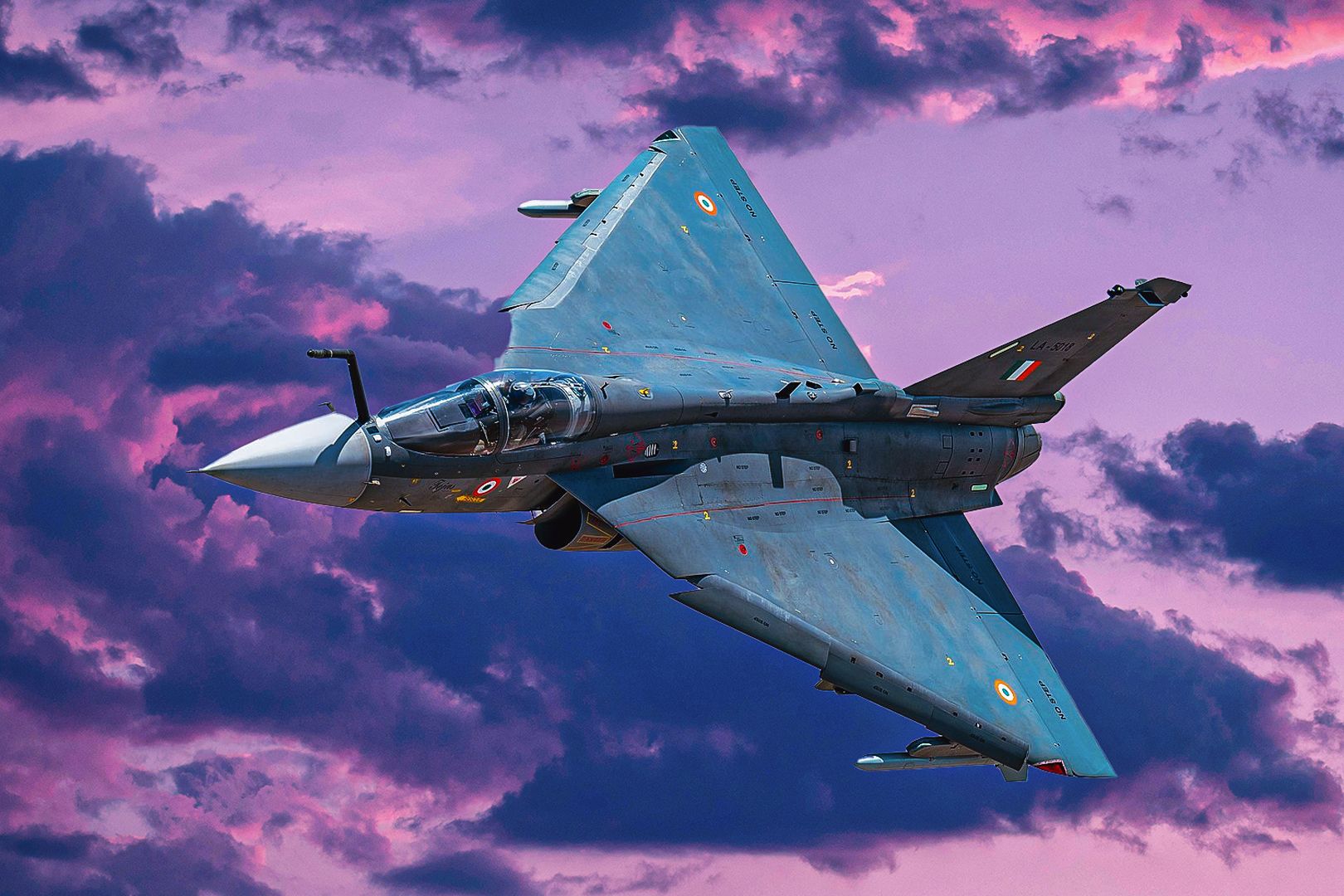Summary India produces around 12 Tejas fighter jets annually, rising to an estimated 18 in 2025 and perhaps 24 in 2026. India possesses various combat aircraft, including the HAL Tejas and Su-30MKI. There is a potential revival of Su-30 production in India for exports, with plans to replace lost jets and discuss building additional planes.
Currently, India is only producing the HAL Tejas fighter jet - although producing more foreign fighter jets under license is an option being explored. In some ways, the Tejas is India's answer to arch-rival Pakistan's JF-17 Thunder, jointly produced with China . By purchasing jets like France's Rafales and domestically producing its own Tejas fighter , India seeks to boost its fighter jet capabilities while growing its domestic military industry.

India's wide assortment of combat aircraft India's fighter jet production and procurement are complicated. The country possesses an interesting mix of imported Soviet fighter jets, imported Russian fighter jets, domestically produced under license Soviet/Russian-origin fighter jets, French and British fighter jets, and domestic fighter jets. Indian fighter jets: Country of origin: Number in service (per FlightGlobal ): Number on order: Jaguar M/S UK/France 130 0 MiG-21 Soviet Union (locally produced): 127 (likely 40 now) 0 MiG-29 Soviet Union 127 0 Mirage 2000H/I France 44 0 Rafale France 36 0 Su-30 Russia (locally produced) 266 12 (possibly on order) Tejas India 32 83+97 When it comes to Indian fighter jet production, two jets seem relevant: the HAL Tejas and the locally produced Russian Sukhoi Su-30MKI (a variant of the Su-27 Flanker).
HAL also produces some light attack/trainer aircraft and helicopters. However, these are not fighter jets. India had planned to produce Russia's Su-57 Felon under license but later withdrew from the project.
India is also developing its own near-fifth-generation fighter—the Advanced Medium Combat Aircraft (AMCA). India may also place another large order for foreign fourth-generation aircraft, requiring them to be built in India. India is also working on developing its own fighter jet engine.
After many years of development and a lot of money spent, it remains unclear when India will succeed in developing a functional engine. Until India develops its own engine and other critical aircraft components, India's fighter jet production will remain reliant on international imports and cooperation. After half of the fleet crashing over the years, the last of India's 40 MiG-21s are expected to retire in 2025.
India's domestic Tejas and production The HAL Tejas is India's home-grown fighter jet. It is a single-engine, fourth-generation delta-wing multirole fighter designed by India's Aeronautical Development Agency (ADA) and built by Hindustan Aeronautics Limited (HAL) for the Indian Air Force and Navy. The Tejas is notable for being the smallest and lightest in its class of supersonic combat aircraft.
It follows on from the HF-24 Marut, a fighter jet built by India in the 1960s. The fighter jet appears to be the only fighter jet currently in production in India, with eventual plans for at least 324 Tejas aircraft of all variants. While many of its components are imported, India is gradually replacing them with domestically produced parts.
For example, the jet uses an American General Electric F404-GE-IN20 afterburning turbofan engine. India's fighter jet production rate (Tejas all variants): Current rate: Max 12 per year Planned rate by end of 2024: 16 (18 by March 2025) Eventual ramp-up: 24 (planned) According to the Hindu.com writing in June 2024, HAL currently has two Tejas production lines operating—both in Bangalore, and both can produce eight aircraft each year.
The company is also planning to open a third production line at Nashik, Maharashtra, in October, and this line will be able to produce another eight aircraft annually. The plan is for 16 Tejas to be delivered yearly for five years. However, HAL plans to scale up production to 18 jets annually and reach 24 jets annually in 2025 or 2026.
It is unclear whether India will meet the planned production numbers in 2024. It has also been reported that the production is experiencing supply chain issues, including with the aircraft's General Electric engines. In August 2024, the Hindu reported that HAL had not received the engines and was moving to its backup plan to install used engines instead.
Several fighter jets are in development that feature enhanced stealth and other fifth-gen-like features. Possibility of resuming local Su-30 production In 2024, it was reported that India is considering restarting its license-produced Su-30 fighter jet for export. India is also considering placing an order for 12 more jets to replace the ones that have been lost to accidents.
Of the 272 Su-30s India has acquired from Russia over the years, 222 were assembled by HAL in India since 2004. India's HAL Tejas fighter jet Introduction: January 2015 Hardpoints: 9 Max speed: Mach 1.8 Max take-off weight: 29,762 lbs Powerplant: 1× General Electric F404-GE-IN20 afterburning turbofan The Financial Express reported, “ HAL is in active talks to build these fighter jets at its Nashik facility.
Russia, the original manufacturer of the Sukhoi jets, has agreed to support this production effort, reinforcing the strategic partnership between the two countries .” Indian production of the Su-30 could possibly bypass the US CAATSA Act that sanctions Russian military exports and has contributed to Russia's fighter jet export collapse . It is unclear how many Su-30s India could produce annually.
Regarding overhauling existing Su-30 fleets, The Financial Express also stated that HAL's Nashik division " has achieved a peak overhaul capacity of 20 Sukhoi-30MKI aircraft per year .".



















